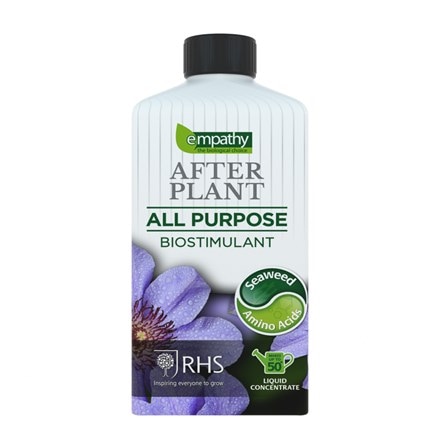Helleborus × hybridus 'Double Ellen Pink Spotted'
Lenten rose hellebore
- 9cm pot
- £12.99
- In stock (shipped within 2-3 working days)
- 3 × 9cm pots
- £30.99 £10.33 each
- In stock (shipped within 2-3 working days)
Delivery options
- Standard £5.99
- Position: partial shade
- Soil: heavy, neutral to alkaline soil
- Rate of growth: average
- Flowering period: February to April
- Hardiness: fully hardy
Delicate yet resilient, these enchanting winter bloomers transform bare garden landscapes with their sumptuous double-petaled flowers, generously adorned with soft pink hues and intriguing darker speckles.
Helleborus × hybridus 'Double Ellen Pink Spotted' emerges as a garden gem, producing ruffled, cup-shaped blossoms that hover elegantly above dark green, leathery foliage throughout late winter and early spring, creating a captivating display in partially shaded borders and winter containers.
Its clump-forming habit and robust nature make it an ideal choice for gardeners seeking a low-maintenance perennial that provides exquisite colour when most plants remain dormant, with excellent deer and rabbit resistance.
Helleborus × hybridus 'Double Ellen Pink Spotted' emerges as a garden gem, producing ruffled, cup-shaped blossoms that hover elegantly above dark green, leathery foliage throughout late winter and early spring, creating a captivating display in partially shaded borders and winter containers.
Its clump-forming habit and robust nature make it an ideal choice for gardeners seeking a low-maintenance perennial that provides exquisite colour when most plants remain dormant, with excellent deer and rabbit resistance.
Add lots of well-rotted leaf mould or organic matter to the planting hole. Cut the old leaves back down to the ground in January or February as this will show off the new emerging flowers to best effect. It will also help to reduce/minimise the spread of any foliar
Apply a generous 5-7cm (2-3in) mulch of well-rotted organic matter around the base of the plant in autumn and provide a top-dressing of general fertiliser each spring. Cut off the seed heads to prevent inferior seedlings colonising.
Apply a generous 5-7cm (2-3in) mulch of well-rotted organic matter around the base of the plant in autumn and provide a top-dressing of general fertiliser each spring. Cut off the seed heads to prevent inferior seedlings colonising.
- Humans/Pets: Harmful if eaten; skin irritant
Goes well with
Empathy RHS liquid after plant all purpose feed and biostimulant
1 litre
£8.49
In stock (shipped within 2-3 working days)

